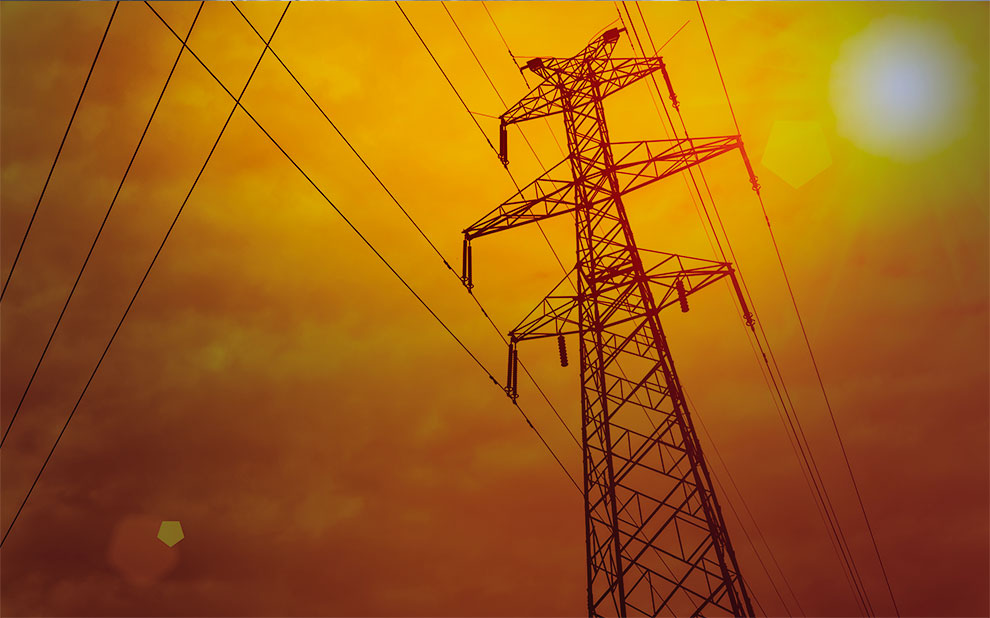Program promotes exchange between Brazil and USA on energy security
FGV Energy researchers Fernanda Delgado and Tatiana Bruce da Silva were selected to participate in the International Visitor Leadership Program (IVLP), held from September 25 to October 6.

FGV Energy researchers Fernanda Delgado and Tatiana Bruce da Silva were selected to participate in the International Visitor Leadership Program (IVLP), held from September 25 to October 6. The exchange program, by the American State Department, has existed since 1940. The purpose of the exchange is to strengthen US involvement with countries around the world through the connection between leaders, researchers, and foreign scientists, current and emerging, with their American counterparts, through short-term visits to the country.
In this edition, the subject of the IVLP was energy security in the United States and in Brazil. The two-week visit included the cities of Washington, D.C., San Francisco, Tulsa, and Cincinnati. Several topics were discussed in each of these cities: unconventional exploration of oil and gas (hydraulic fracturing, or fracking, highlighting their importance in the economic development of the country and in the energy matrix); energy transition; integration of renewable sources of electricity to the electric grid, such as wind and solar energy, as well as distributed energy resources; incentives for the development of renewable energy sources at a local level (including biomass technologies for generating fuels); among others.
Several meetings were held in each city, including visits to the Inter-American Development Bank (IDB), American Petroleum Institute (API), Federal Energy Regulatory Commission (FERC, the American federal regulator of the oil, gas, and electricity markets), California Public Utilities Commission, Lawrence Berkeley National Lab, University of Cincinnati Nanoworld Laboratories, among several others.
The researchers report that the experience was very interesting to understand how Brazil and the United States deal differently — and, at times, in diametrically opposite ways — with energy security issues. The visit to different American states was also helpful to better understand how energy transition occurs in various locations in the USA. While California plans to make its energy matrix 100% renewable by 2050 through the use of technologies such as smart grids and electric vehicles, in addition to distributed energy resources, Oklahoma prioritizes energy diversity in its matrix, with the use of natural gas as a transition fuel — a strategy similar to Brazil’s.
In addition, the contact with different professionals in the field of energy in the United States has the potential to promote partnerships between FGV and several research centers, think tanks, and representatives of the three levels of the American government — federal, state, and local — in the coming months.
Leia também
